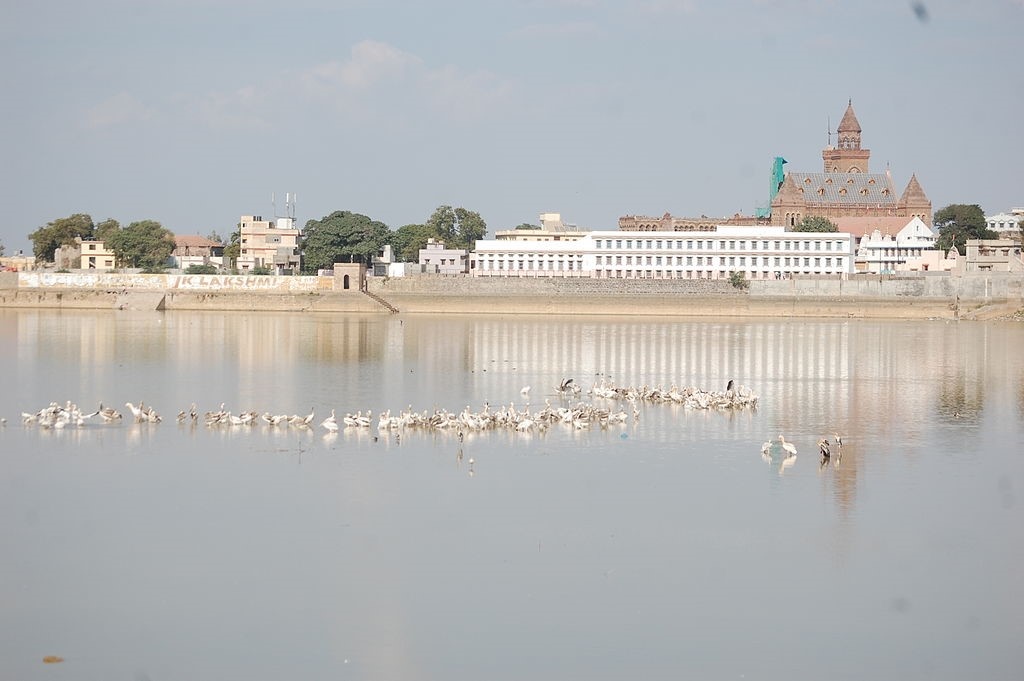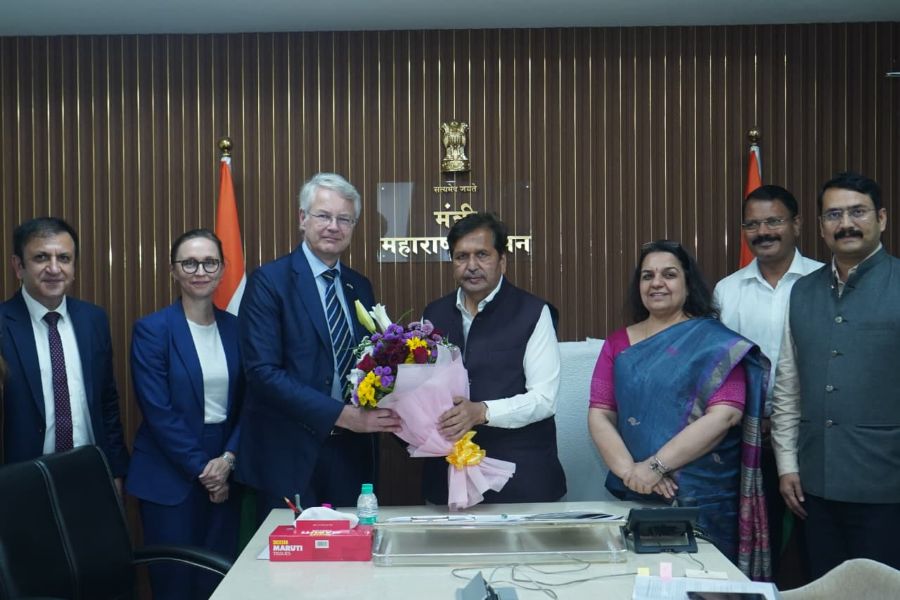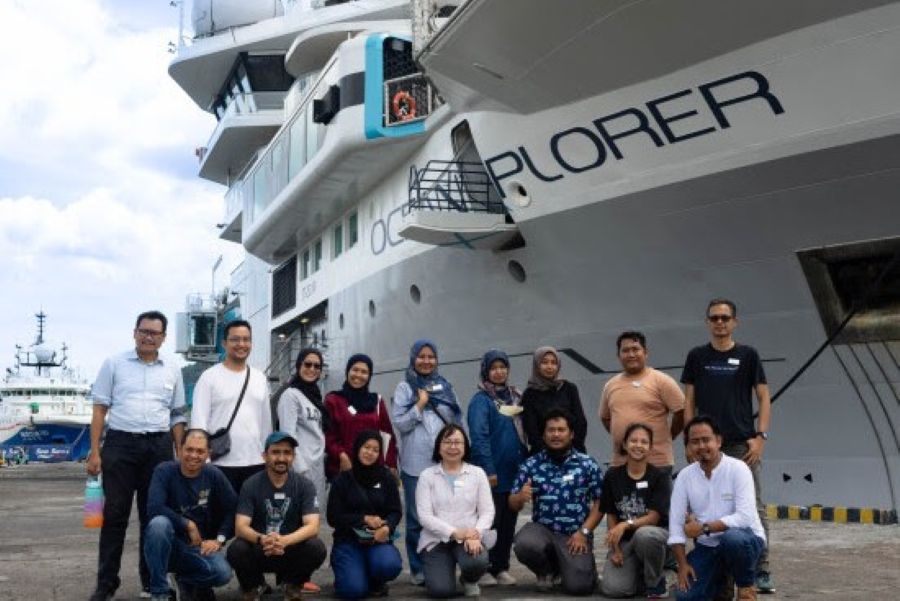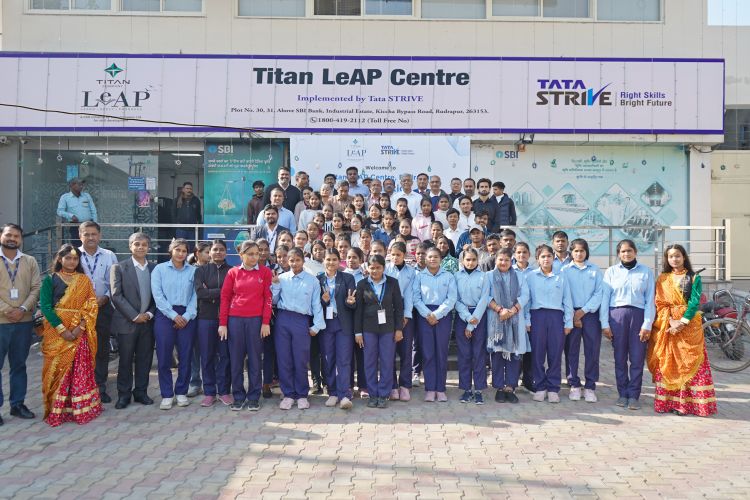Mumbai, Jan 18, 2025: The iconic Musi Riverfront in Hyderabad and Bhuj's historic Hamirsar Lake system are among 25 places featured on the World Monuments Fund’s list of threatened sites.
The WMF is a biennial nomination-based advocacy program featuring 25 historic places facing major challenges such as climate change, tourism, conflict, and natural disaster. It has recently announced 25 sites on the 2025 World Monuments Watch. This year’s Watch includes a wide variety of cultural heritage sites facing major challenges, such as Gaza’s Historic Urban Fabric; Ukraine’s Teacher’s House in Kyiv; Africa’s Swahili Coast; the Old City of Antakya, Tu rkiye; and Chapel of the Sorbonne, France. The 25 sites represent 29 countries across five continents and the Moon.
With more than 700 projects in 112 countries worldwide, WMF is the global leader in heritage preservation. In 1996, WMF launched the World Monuments Watch, a biennial, nomination based program, to mobilize action, build public awareness, and demonstrate how heritage can help communities confront the crucial issues of our time. To date, WMF has contributed more than $120 million toward projects at nearly 350 Watch sites, with the visibility provided by the Watch helping communities leverage an additional $300 million from other sources.
The Watch announcement featured the selection of two sites in India: Musi Riverfront, Hyderabad; and Bhuj's historic Hamirsar Lake system.
Like many historic cities, Hyderabad was founded along a river. However, the Musi River, once a vital lifeline, has suffered from neglect. With increasing water scarcity and ecological challenges, restoring the riverfront is crucial. This project seeks to bring attention to the revitalisation of the city’s historic core, reconnecting the city's social, architectural, cultural, historical, and geographical elements.
The Hamirsar Lake system, a historic water management network, once ensured self-sufficiency in a water-scarce region and remains integral to Bhuj and its people. Its neglect threatens water security and biodiversity. Revitalization efforts can foster resilient, carbon-positive cities, while community-led conservation strengthens climate action. In recognition of its significance, the Jal Shakti Ministry had in 2022 designated Hamirsar Lake as one of India’s 75 water heritage sites on the eve of the nation’s 75th Independence anniversary.
“The Watch underscores World Monuments Fund’s commitment to ensuring that heritage preservation not only honours the past but actively contributes to building a more sustainable, inclusive, and resilient future for communities around the world and beyond,” said WMF President and CEO Be ne dicte de Montlaur.
“The two sites identified in India by The Watch 2025 shine a light on how we can draw on our past to meet contemporary challenges. Revitalising Bhuj’s ancient water systems will enhance resilience to natural resource challenges, while restoring the historic buildings along the Musi Riverfront can promote sustainable tourism and support urban communities,” said Malini Thadani, Executive Director of WMF India.
The 2025 open call resulted in over 200 nominations that underwent extensive internal and external review before final selection by an independent panel of international heritage experts. Data analysis of these nominations revealed specific regional trends: In Sub-Saharan Africa, climate change emerged as a critical issue for sites and communities, while in Asia and the Pacific, rapid urbanization emerged as a pressing challenge. Nominations from Europe and North America cited insufficient funding and resources, while those from Latin America and the Caribbean reported tourism as a primary concern. For the Middle East and North Africa region, conflict and natural disaster was cited as a critical focus. Many of the sites on the 2025 Watch illustrate how preservation can provide solutions for sites and communities facing these challenges, that offer lessons for similar sites worldwide.
“For the first time, the Moon is included on the Watch to reflect the urgent need to recognize and preserve the artifacts that testify to humanity’s first steps beyond Earth — a defining moment in our shared history... Items such as the camera that captured the televised moon landing; a memorial disk left by astronauts Armstrong and Aldrin; and hundreds of other objects are emblematic of this legacy. Yet, they face mounting risks amidst accelerating lunar activities, undertaken without adequate preservation protocols. The inclusion of the Moon underscores the universal need for proactive and cooperative strategies to protect heritage — whether on Earth or beyond — that reflect and safeguard our collective narrative,” stated de Montlaur.


















.jpg)




